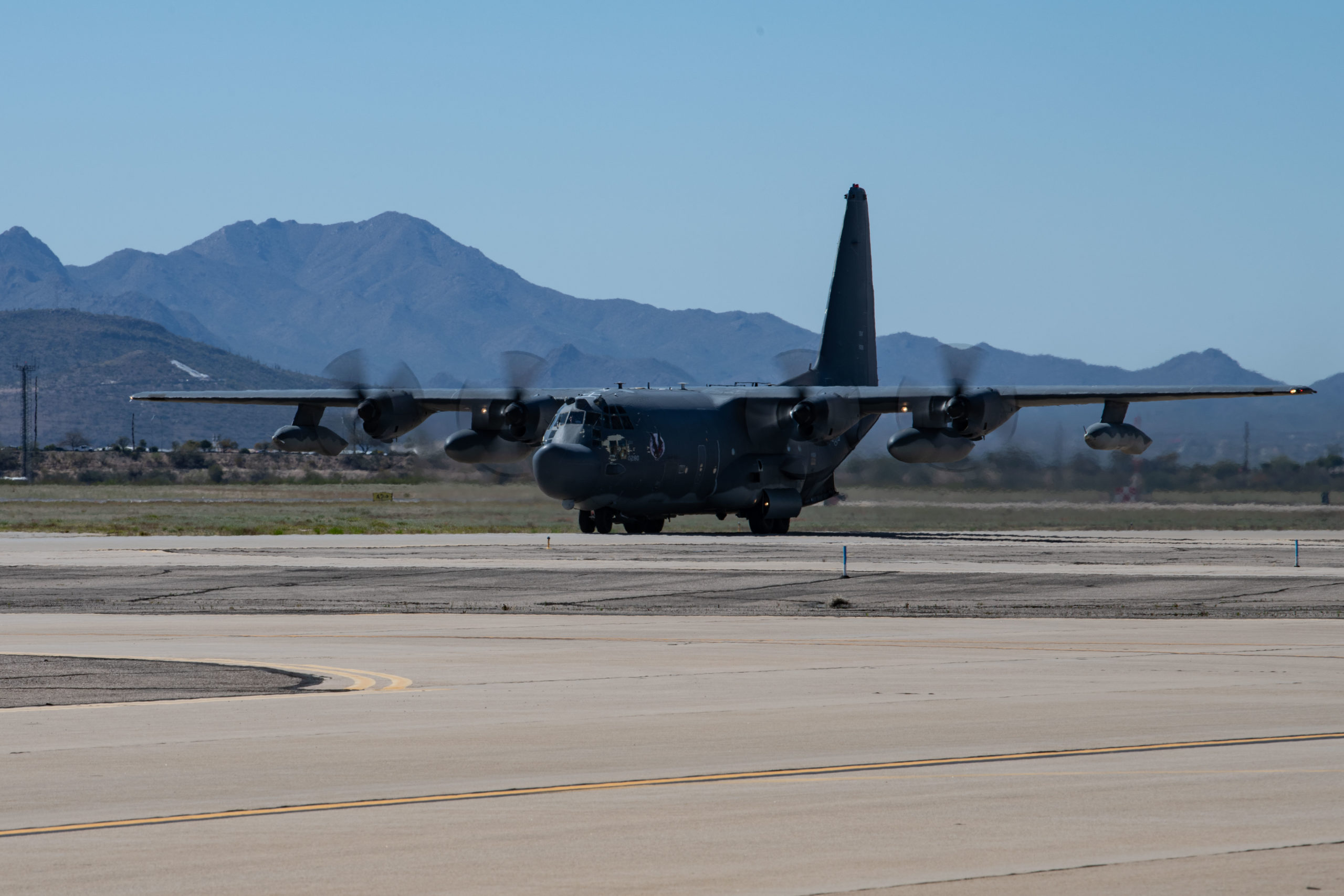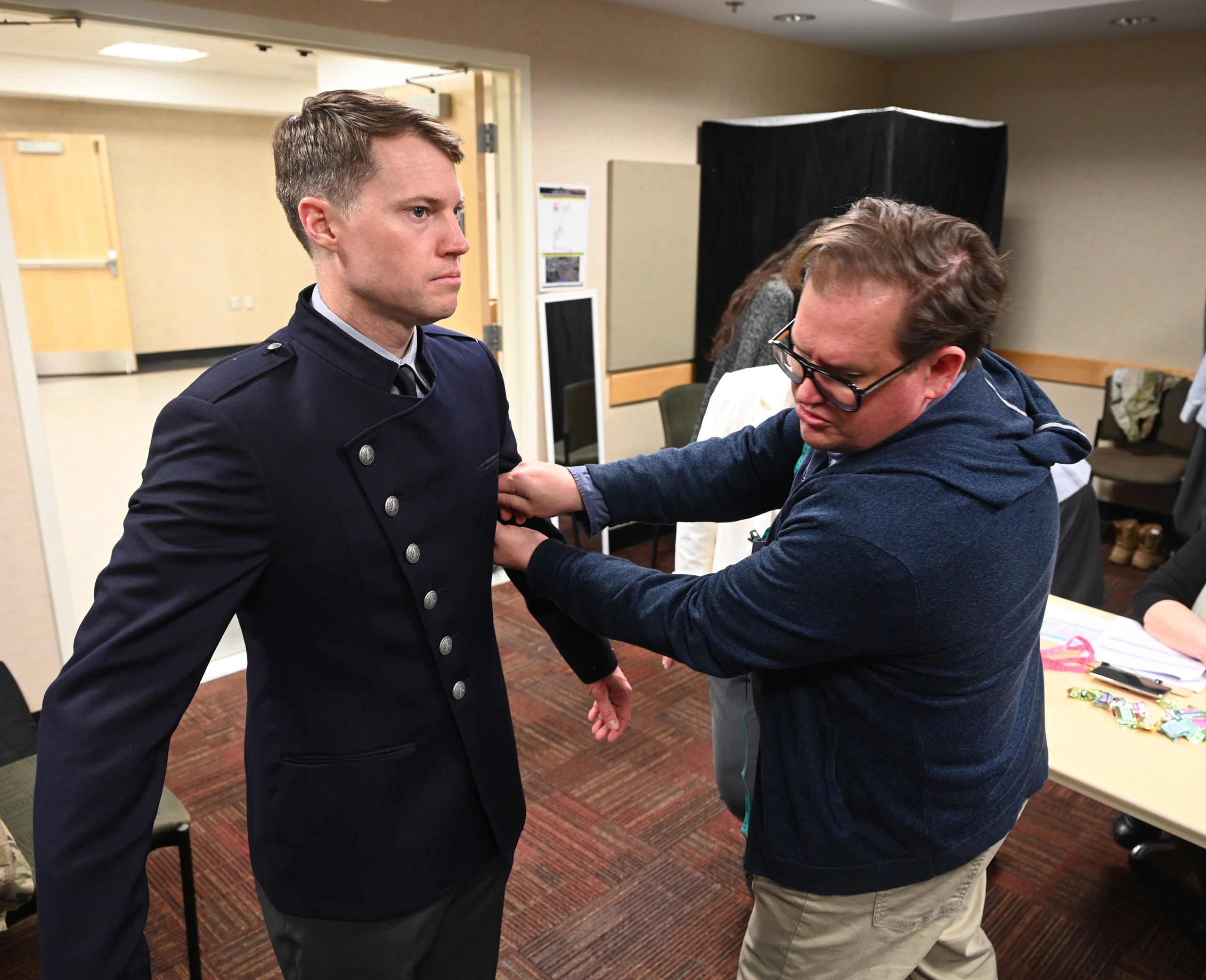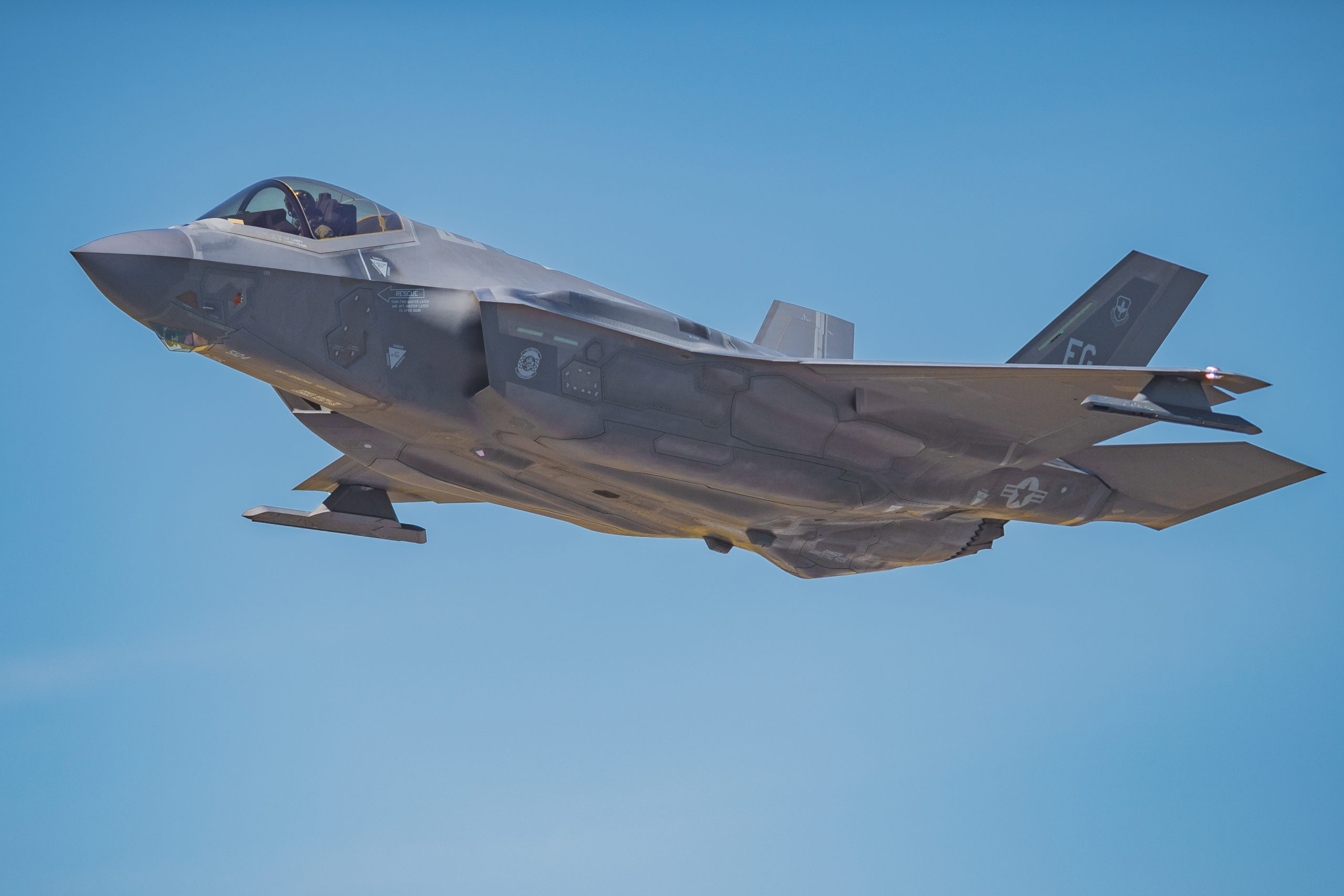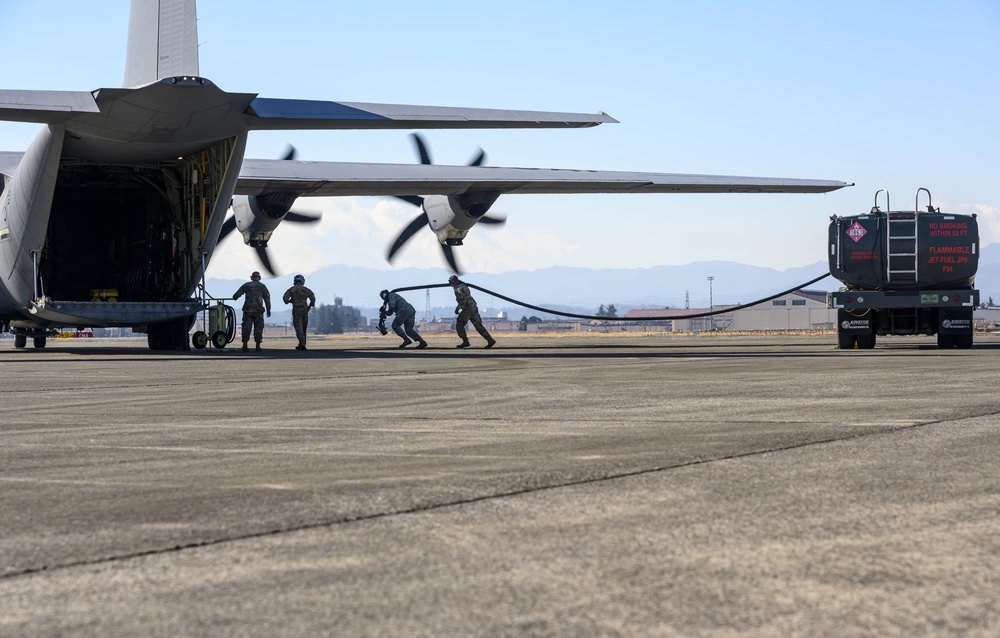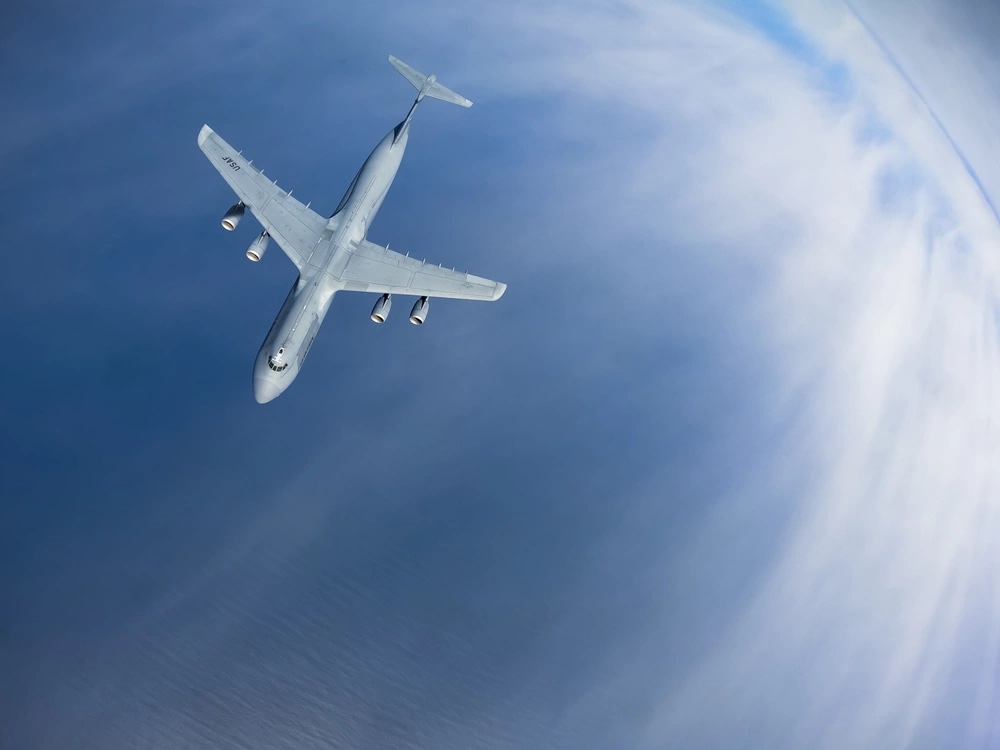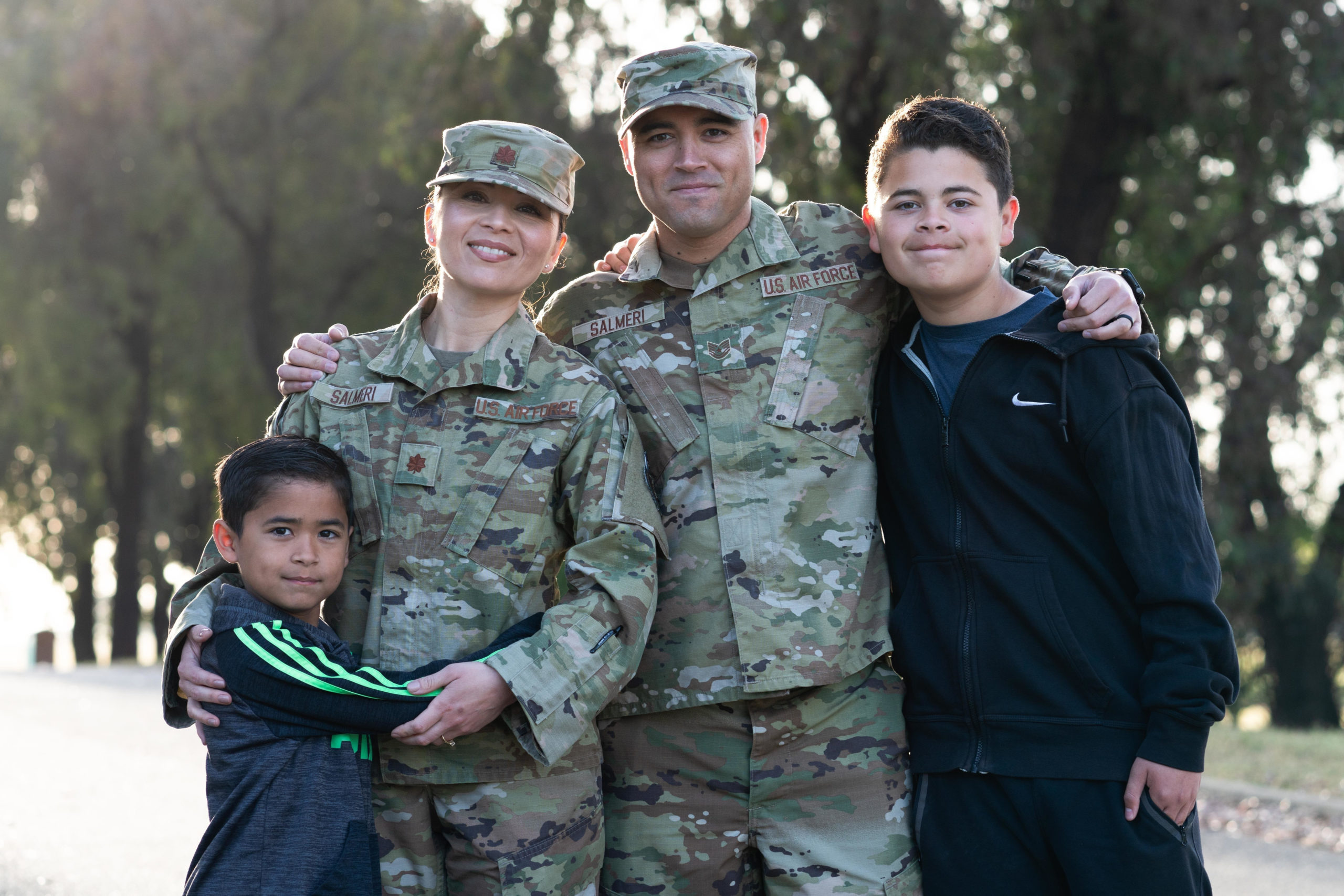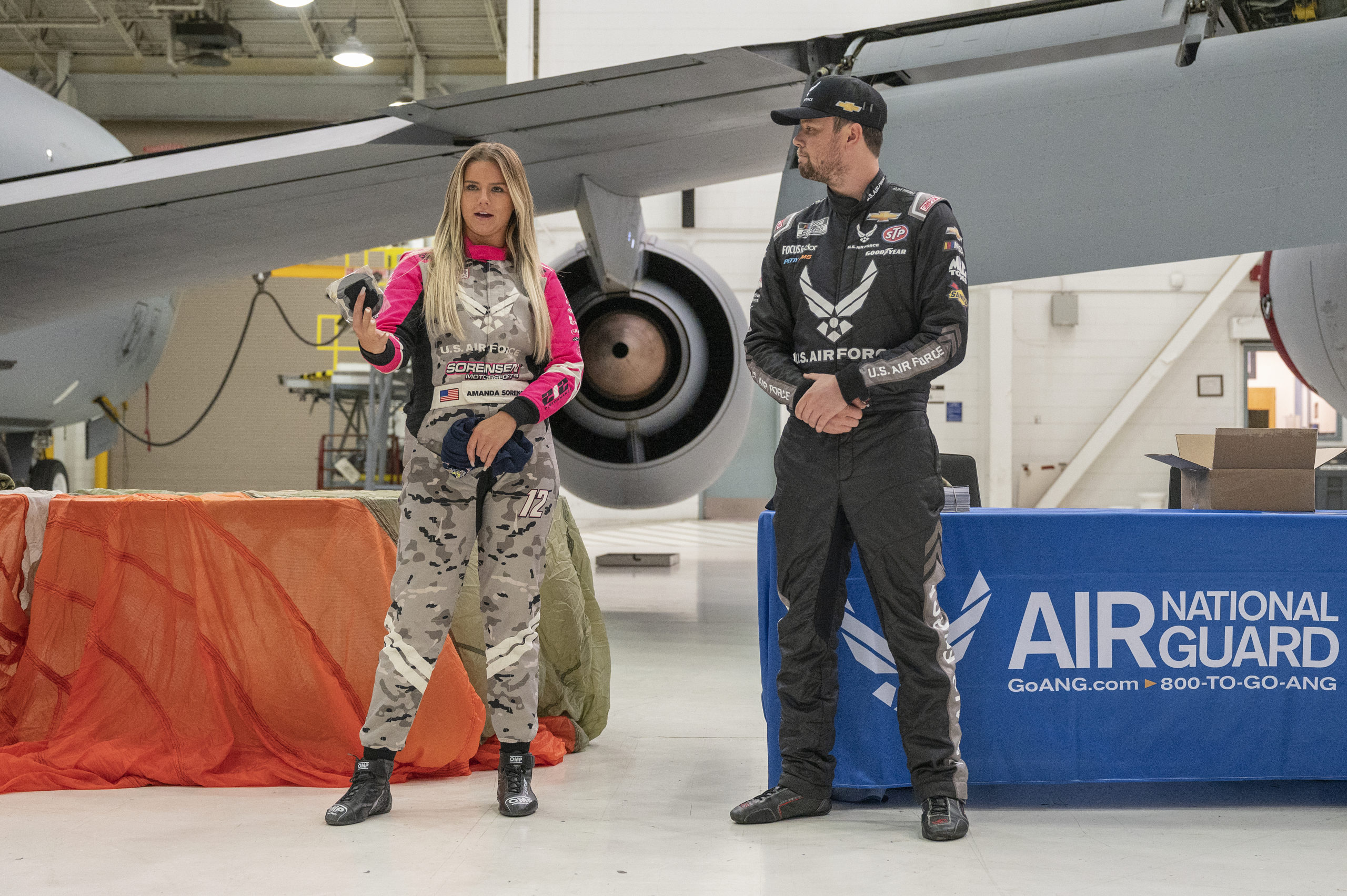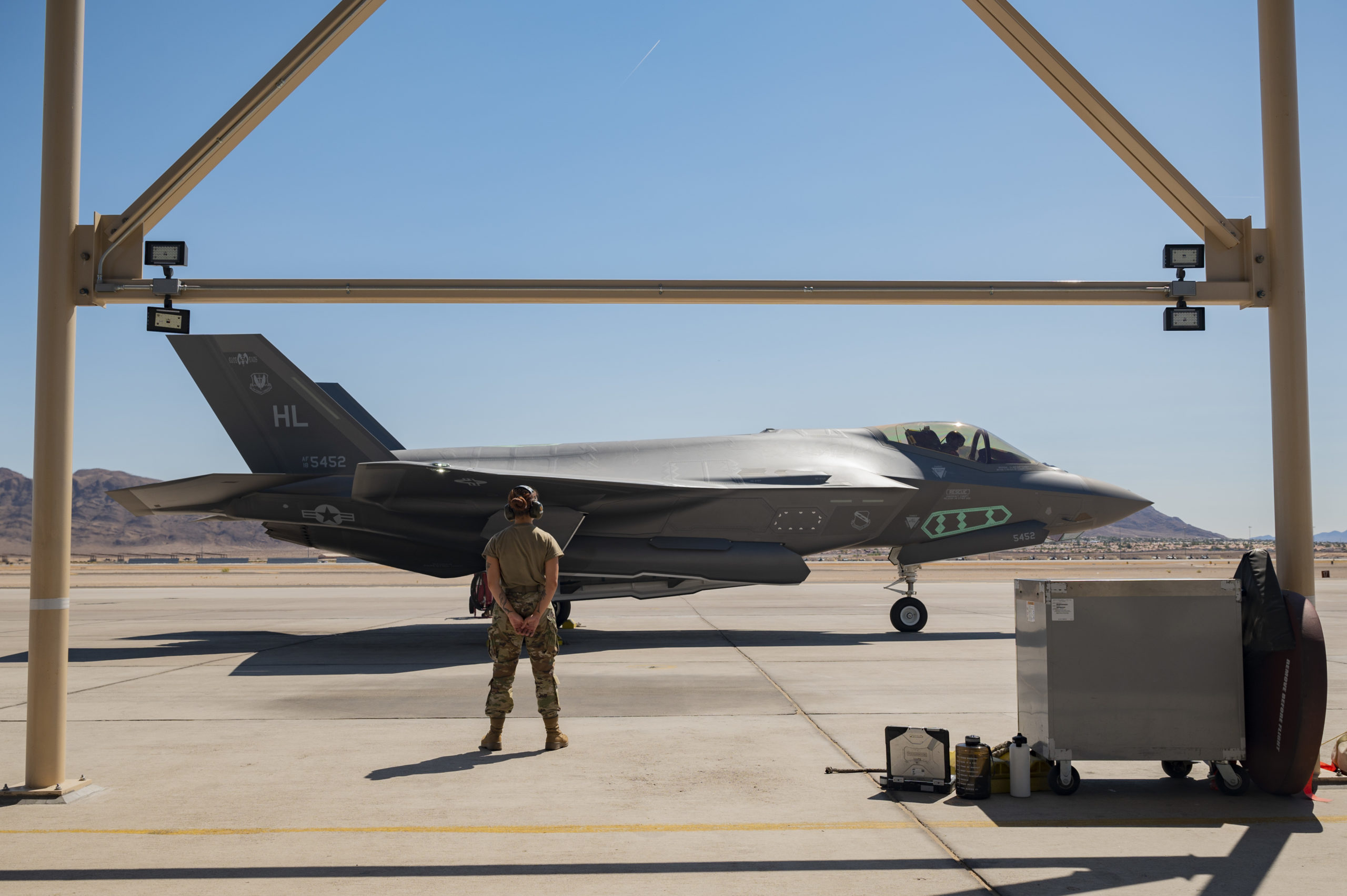The Air Force expects the final report of a sweeping, first-of-its-kind suicide analysis board in the next few months, as the department looks to refine its prevention and response efforts.
The Department of the Air Force partnered with suicide researchers at the Uniformed Services University of the Health Sciences to complete the study, pulling information from personnel records, investigation reports, medical records, and Department of Defense Suicide Event Reports (DoDSER) and compiling over 1,000 data points for each person who died by suicide. The final report is due this spring, Lt. Gen. Caroline Miller, deputy chief of staff for manpower, personnel, and services, wrote in a statement delivered to the House Armed Services Committee at a personnel posture hearing March 29.
The Air Force “looks to enhance our practices by systematically analyzing factors, identifying aggregated findings and lessons, and delivering generalizable and actionable recommendations to reduce suicide,” Miller said.
Before this analysis board was commissioned, the Air Force’s major commands each performed an annual suicide analysis board where service leaders and subject matter experts reviewed suicide deaths and submitted a report to the Air Force’s integrated resilience office. This new board expands that approach by applying the framework of the Department of Defense’s Standardized Suicide Fatality Analysis to the entire Department of the Air Force.
“This report represents the first standardized and public health-driven methodology for conducting suicide death reviews across the DAF,” Air Force spokesperson Maj. Tanya Downsworth told Air & Space Forces Magazine. “The final reports will include actionable recommendations to inform DAF suicide prevention, intervention, and postvention programming.”
The new board is expected to increase the reliability of the department’s findings, as well the “generalizability of identified lessons learned and recommendations,” she said.
Risk Factors
When the Pentagon released its annual suicide report Oct. 20, it showed the total number and rate of services members who died by suicide declined from 2020 to 2021, a small sign of progress amid a general upward trend over the past decade. For example, the Air Force and Space Force lost 51 Active-Duty Airmen and Guardians to suicide in 2021, compared to 82 in 2020.
“While we are cautiously encouraged by the drop in these numbers, one year is not enough time to assess real change,” Beth Foster, the executive director of the Pentagon’s office for force resiliency, told reporters at the time. “We need to see a sustained long-term reduction in suicide rates to know if we are making progress.”
In the meantime, the Department of Defense and the Air Force are working to identify patterns and risk factors to help better inform prevention efforts. Miller told Congress on March 29 that after accounting for age and sex differences, the suicide rate for Active-Duty Department of the Air Force personnel was 13.9 per 100,000 people, which she said was “lower than the historical U.S. rate for a comparable demographic pool.”
The largest demographic subset of Airmen and Guardians to have died by suicide in 2021 were single enlisted men below the age of 30, between the ranks of E-1 and E-4, using a firearm, Miller said. Male Airmen and Guardians are 3.3 times more at risk of dying by suicide compared to female Airmen and Guardians, while Airmen and Guardians at the age of 30 or younger are at an increased risk of suicide than their counterparts over the age of 30.
Miller also said more than 60 percent of the Airmen who died by suicide had access to some kind of lethal means in their household. Data collected in 2021 showed that less than 15 percent of those Airmen had safely stored their firearms in safes with locks or outside the home, which the Department of the Air Force recommends as part of its effort to put time and space between suicidal service members and lethal means
To encourage so-called time-based prevention, the Air Force distributed over 202,000 locks, safe storage training materials, and firearm retailer tool kits, Miller said. The service wants to “build a culture in which safe storage is commonplace, accelerating our efforts to save lives by reducing immediate access to firearms for those in distress” and by preventing accidental firearm-related injuries or deaths, the general added.
Beyond firearms, Miller said that last year, 18 percent of Airmen and Guardians who died by suicide were facing legal and administrative problems at the time of their deaths. To address this issue, Miller pointed out the Limited Privilege Suicide Prevention Program, which gives increased confidentiality with mental health care providers to Airmen or Guardians who may be at risk for suicide after hearing they are under investigation for possible UCMJ violations.
Another program aimed at the issue is the Investigative Interview Warm Hand-Off policy, where after an interview with an Airmen under investigation, the investigator will hand that Airmen off to their commander or first sergeant. According to Air Force policy, the commander or first sergeant must then run through a check list to make sure the Airman has access to mental health care.
Policies
The Air Force’s findings so far share much in common with those of the Pentagon. In February, the Pentagon’s Suicide Prevention and Response Independent Review Committee (SPRIRC) released a report which made 127 recommendations to enhance suicide prevention efforts across the force. The recommendations were grouped into high, moderate, and low priority, though some of the high-priority measures could prove controversial.
For example, seven of the report’s 23 high-priority recommendations involved more closely regulating the purchase and storage of firearms by service members. One involved raising the minimum age for purchasing firearms and ammunition on Department of Defense property to 25, while another was to implement a seven-day waiting period for any firearm purchased on Department of Defense property.
In its report, SPRIRC wrote that 66 percent of Active-duty suicides involved a firearm, as did 72 percent and 78 percent of Reserve and National Guard suicides, respectively.
A policy to limit firearm availability had a positive impact on Israeli suicide prevention efforts, SPRIRC pointed out. But implementing some of these measures could require Congress to repeal sections of military law, a tall order given some lawmakers’ fierce opposition to gun control laws.
A separate Pentagon working group is expected to present an implementation plan to Secretary of Defense Lloyd J. Austin III in June. In her statement to Congress, Miller said the Department of the Air Force “stands ready” to put that plan into action. In the meantime, the service wants to continue to better understand the problem.
“Moving forward, we intend to examine all suicide deaths from 2018-2021 and each year after as we strive toward zero deaths by suicide,” Miller said.


